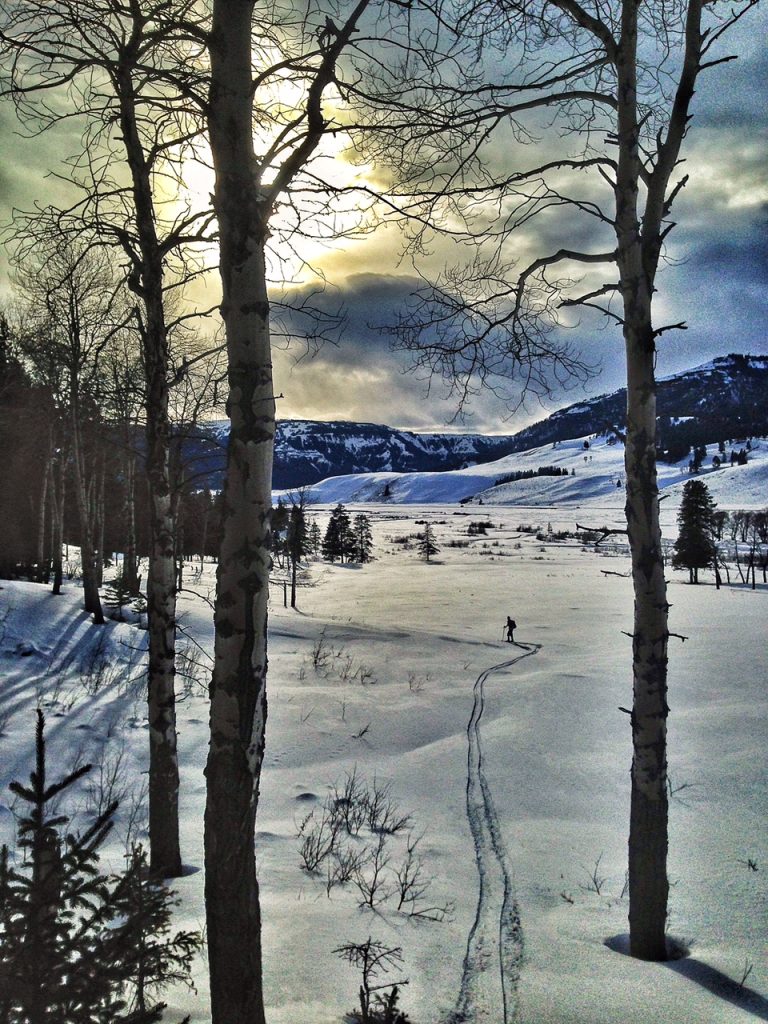The National Park Service’s Yellowstone Cougar Project embraced the Hok skis for their winter field work studying Yellowstone’s most elusive large carnivore. Biologists have been conducting intensive snow-tracking surveys in Yellowstone’s rugged winter terrain to detect cougar tracks and follow them through common travel routes to bed sites, scent marking sites, and prey remains.
Cougar research frequently entails traversing steep and rocky terrain interspersed with deep snows and thick forests, making the versatile and lightweight Hoks with their universal bindings particularly valuable.

Throughout these areas, crew members collect cougar DNA samples via scat and hair left behind. This genetic material, combined with individual track profiles and remotely captured photos and videos from camera traps, allow biologists to estimate cougar population size, distribution, and genetic structure.

Additionally, knowledge about cougar’s predation patterns and interactions with a rich array of other species including wolves, grizzly bears, elk, and deer, can be gained from this exciting work. As was the case in many parts of the Western United States this past winter, scant winter snowfall in northern Yellowstone made for challenging conditions. Thankfully, the Hoks rose to the challenge of the conditions and gave researchers the edge needed to get the job done and quality data collected. For more information and images from our project, visit @yellowstone_cougar_project on Instagram, or The Cougar Project
Dan Stahler, Project Leader, Yellowstone Cougar Project



